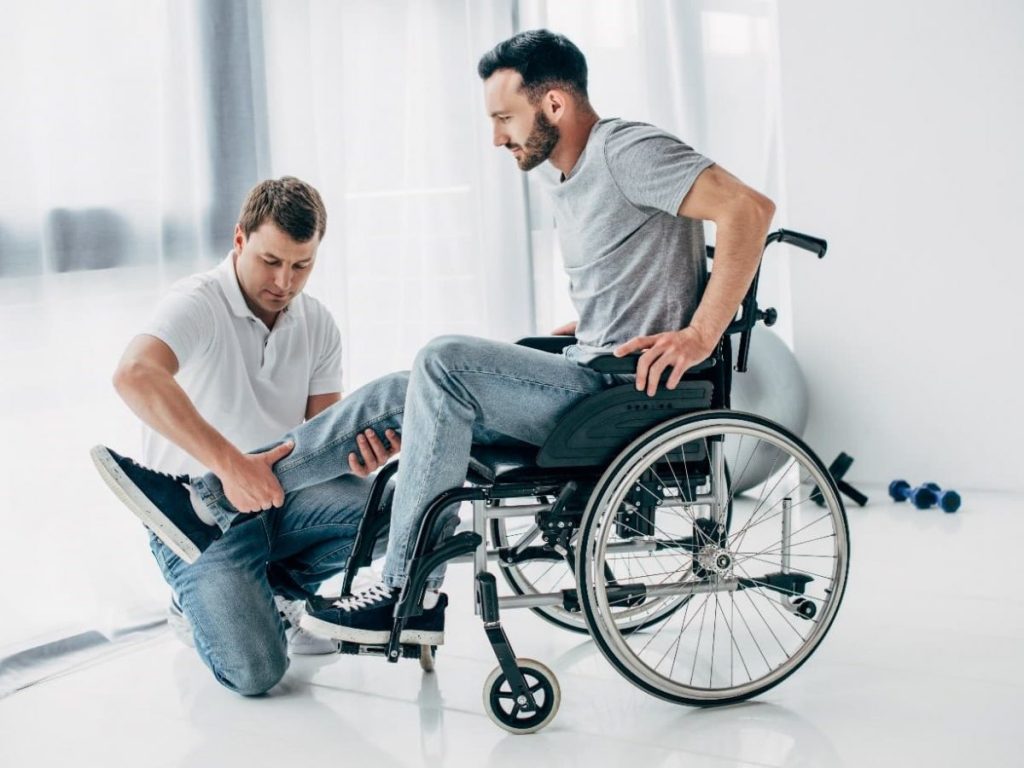Hijama, also known as wet cupping, is a traditional alternative medicine that involves creating a vacuum on the skin and drawing out blood from small incisions. Hijama has been practised for centuries in different cultures and has a special significance in Islam. Hijama has many benefits for various health conditions, including hypertension or high blood pressure.

What is High Blood Pressure or Hypertension?
High blood pressure is a common and serious condition affecting millions worldwide. It occurs when the force of blood against the artery walls is too high, damaging the heart, brain, kidneys, and other organs. Hypertension can increase the risk of heart attack, stroke, kidney failure, and other complications. Some factors that can contribute to hypertension are obesity, stress, smoking, alcohol, salt intake, genetics, and aging.
How Does Hijama Impact High Blood Pressure or Hypertension?
Hijama can remove up to approximately 500mL of deoxygenated and malnourished blood from the body. This can also depend on the natural reactions everybody has to blood removal, as some individuals are more generous than others. As a result of the total blood is reduced, hijama can help lower blood pressure.
It can also relieve symptoms of high blood pressure by improving blood circulation, removing toxins and excess fluids, stimulating the nervous system, and regulating cholesterol levels. Hijama can also reduce inflammation, oxidative stress, and pain associated with hypertension.
According to some studies, hijama can increase red blood cells (RBCs), which carry oxygen to the tissues and organs. Hijama can also lower myeloperoxidase (MPO) levels, a marker of inflammation and oxidative stress. Hijama can also increase HDL cholesterol levels, which are beneficial for heart health, and lower LDL cholesterol levels, triglycerides, and uric acid in the blood, which harm cardiovascular health.

Does Hijama Have Other Benefits For Me?
Furthermore, Hijama has beneficial effects on associated muscle pain and stiffness that can accompany a person with high blood pressure. Often, sedentary lifestyles and lack of physical activity can also contribute to muscular aches and pains, which are also amenable to hijama.
Patients with high blood pressure may also find it challenging to increase their exercise intensity. Hence, hijama is a great way to lower blood pressure to a tolerable level for exercise and other conservative interventions.
Hijama can improve physical and mental well-being by restoring balance and harmony in the body. It can also enhance spiritual health by following the Sunnah of Prophet Muhammad (Peace Be Upon Him) and seeking Allah/God’s healing.
How And When Is Hijama Performed?
Hijama can be performed by trained practitioners who use sterile equipment and follow proper hygiene protocols.
There are typically three rounds to Hijama:
- Dry cups are placed on the specific spots on the back/shoulders to allow the blood to come closer to the skin’s surface.
- After 2-3 minutes, each cup is removed and applied again after making small incisions. This allows for the blood to be removed.
- After another 3-4 minutes, the cups and accompanying blood/clots are removed and re-applied to ensure 100% of the clots are removed. This step can be re-done for specific cups producing excess amounts of blood/clots.
Hijama can be done at specific body points corresponding to different organs and systems. Hijama can be done on any day of the month, but some Muslims prefer it on certain days of the lunar calendar based on Prophet Muhammad’s (PBUH) teachings.

Is Hijama Safe For Me?
Hijama is safe and well-tolerated by most people, but it may cause some side effects, such as bruising, swelling, infection, bleeding, or scarring at the cupping site. People with bleeding disorders, low blood pressure, skin infections, or allergies to metals or latex should avoid Hijama. Hijama should also be avoided by pregnant or breastfeeding women, children, older adults, or weak or malnourished children.
Can Hijama Help Alleviate Low Blood Pressure Too?
Hijama removes blood from the body, reducing the total volume of blood circulating (in the short term). Thus, generally speaking, someone with hypotension, or low blood pressure, is only recommended to complete hijama if their GP approves that it is safe. In these cases, 7-9 cups are applied instead of the usual 9-11 cups to reduce the total volume of blood removed and prevent any adverse reactions.
Hijama is a natural and holistic therapy that can benefit people with hypertension and other health problems. Hijama can improve physical and mental well-being by restoring balance and harmony in the body.
Our Sydney Bankstown Hijama Wet Cupping therapists are skilled and experienced in treating high blood pressure and other various conditions. Feel free to Book Online anytime or call us on (02) 9793 8840 today!




